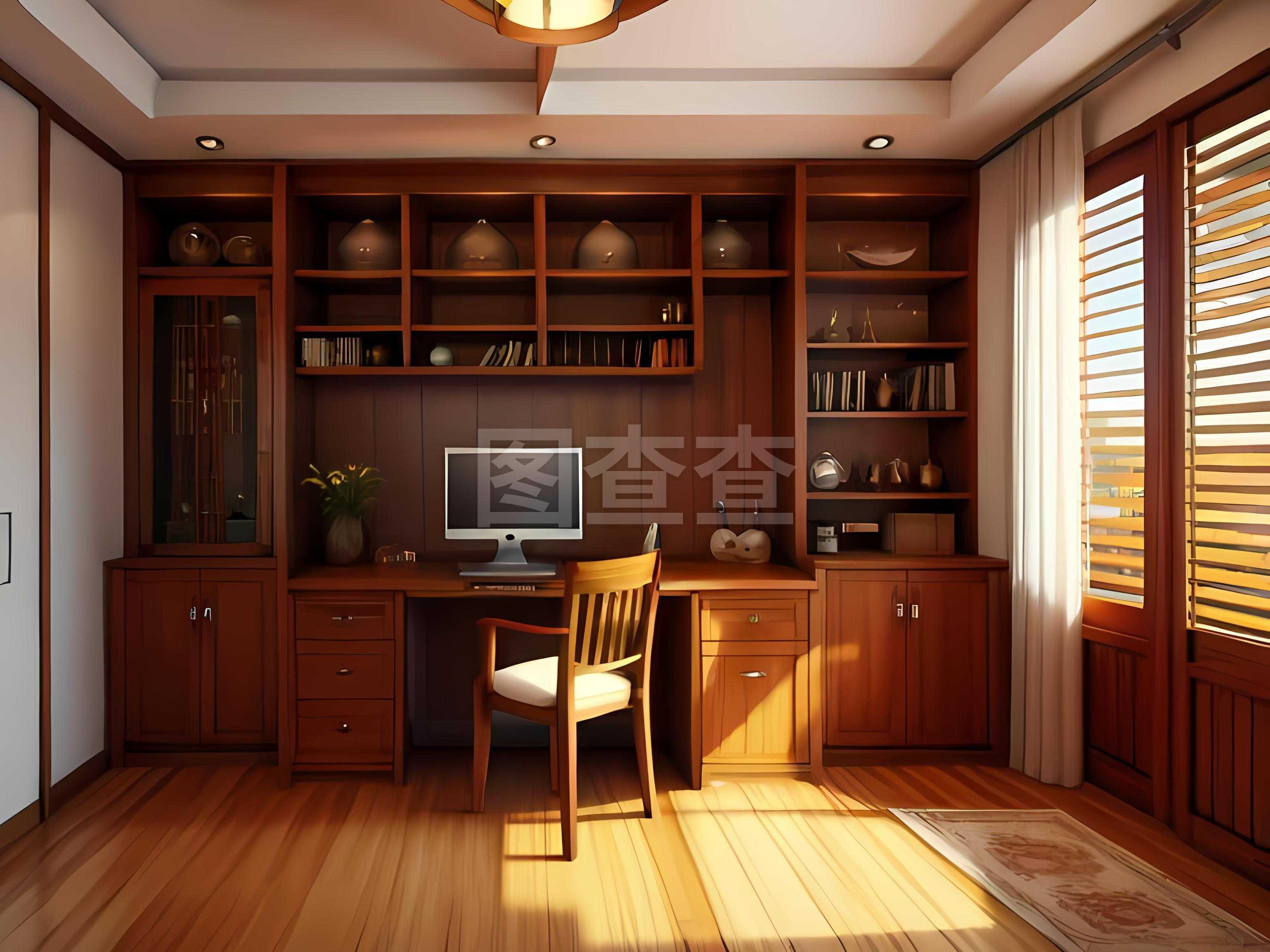Villa renovation for floor plans with wall murals
realm of interior design, the transformation of a villa can be a profound journey that not only enhances the aesthetic appeal of the space but also elevates its functionality a nd emotional resonance. One particularly captivating approach to villa renovation is the integration of wall murals into the floor plans. This techniqu e combines art and architecture in a way that creates a unique living environment, reflecting the personality and style of the inhabitants.
The Power of Wall Murals
Wall murals have been used throughout history to tell stories, convey emotions, and transform spaces. In modern villa renovations, these large-scale artworks serve multiple purposes:
1. aesthetic enhancement: Murals add a layer of visual interest to walls that might otherwise be plain or monotonous. They can create focal points in rooms, drawing the eye and adding depth and dimension.
2. Personalization: Each mural can be custom-designed to reflect the tastes and preferences of the homeowners. Whether it's a serene landscape, an abstract composition, or a vibrant cityscape, the mural becomes a personal statement.
3. Emotional Impact: Art has the power to evoke feelings and memories. A well-chosen mural can make a space feel more welcoming, calming, or energizing, depending on the desired effect.
4. Functional Integration: Murals can be designed to complement the layout and flow of the villa, guiding movement through the space and enhancing the overall spatial experience.
Designing the Perfect Mural
When planning a villa renovation that includes wall murals, several factors should be considered:
1. Theme and Style: Choose a theme that resonates with the overall aesthetic of the villa. Consider the existing decor, color palette, and architectural elements to ensure the mural complements rather than clashes.
2. Location: Decide where the murals will be placed. High-traffic areas like entryways, living rooms, and dining areas often benefit most from bold and engaging murals. Private spaces such as bedrooms and studies can feature more subdued or intimate designs.
3. Scale and Proportion: The size of the mural should be proportional to the room. Large murals in small spaces can overwhelm, while small murals in large spaces may get lost. Work with a professional artist or designer to achieve the right balance.
4. Lighting: Proper lighting can enhance the impact of a mural. Natural light can bring out the colors and details, while strategic artificial lighting can highlight specific elements and create dramatic effects.
Case Study: The Mediterranean Villa
Imagine a Mediterranean-style villa with expansive windows, high ceilings, and an open floor plan. To enhance this setting, a series of murals could be commissioned to capture the essence of the region. For example:
Entryway: A grand mural depicting a sun-drenched coastal scene can welcome guests and set the tone for the entire home.
Living Room: An abstract mural inspired by the colors and textures of the sea and sky can create a dynamic and lively atmosphere.
Dining Area: A detailed mural of a bustling market or a traditional village can add warmth and character to the space.
Bedroom: A more subtle mural featuring gentle waves or a starry night can promote relaxation and tranquility.
Conclusion
The integration of wall murals into villa renovations offers a powerful way to blend art and function, creating a personalized and emotionally rich living environment. By carefully considering themes, locations, scale, and lighting, homeowners can transform their villas into true works of art, reflecting their unique tastes and lifestyles. Whether you're looking to create a focal point, personalize your space, or simply add a touch of beauty and creativity, wall murals are a versatile and impactful choice.
